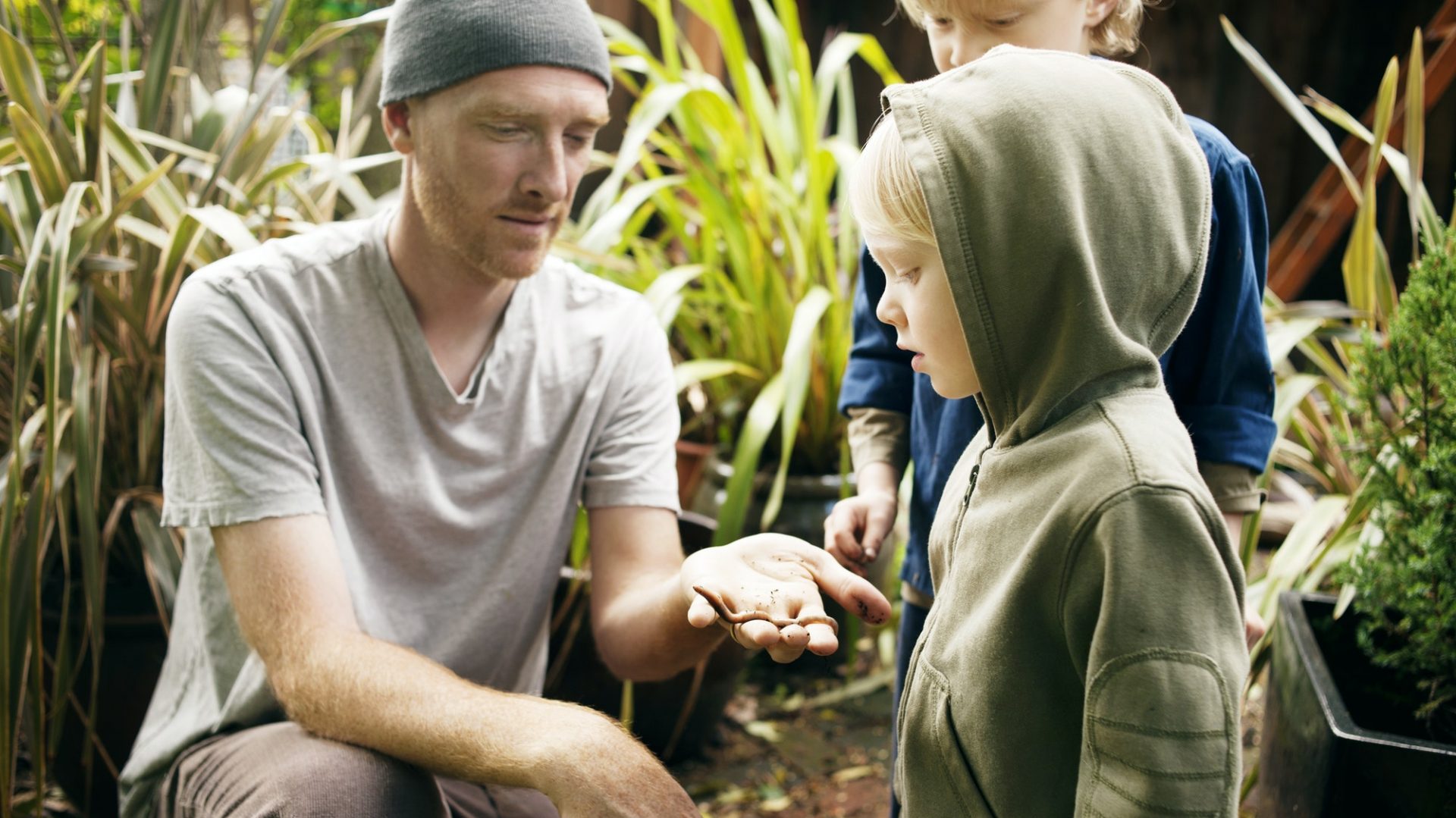Many gardeners want a symphony of sound when they’re gardening. Hummingbirds make startling noises, and cicada songs are relentless. Insect houses can attract a host of wildlife, as can a pond or water feature. Metal or bamboo chimes can punctuate a peaceful backdrop. Garden plants can create their own sounds, too. Listed below are some examples of the sounds they can create.
Throughout the 1800s, plants from Asia and Europe began to reach American markets. Exotic plants not only showed off wealth and prestige, but also strengthened the landowner’s sense of control. Plants from Japan and China found their perfect place in the South due to its climate, long growing season, and mild winters. While the South’s climate is more temperate than the Northeast, many of today’s most beautiful garden plants were common in the 1800s.
Before planting your garden, consider the climate and location. If you have an acre of land, you can grow any size garden you’d like, while if you have a small yard, you’ll be limited to a few choices. Another consideration is planting time. In areas with frost in the winter, you’ll want to sow seeds six to eight weeks before the last spring frost. Urban Farmer lists planting dates according to climate zones, and the Old Farmer’s Almanac suggests you sow seeds indoors six to eight weeks before the last frost.
The genus hens and chicks refers to several different species of plants. A perennial, houseleek is hardy in zones 3-8 and features fleshy leaves with pointy tips. It also creates a dense mat, and sends up a long, flower stalk in the summer. You can even try growing houseleek indoors if you don’t have a green thumb. These plants are great choices for a container garden.
Plants should be spaced in a manner so that they don’t shade each other. Plants that are taller than the others should be spaced further apart and planted in a way that the sun will shine directly on them. If they’re too close to each other, tall plants will shade out the shorter ones. Some gardeners prefer to plant the shortest plants at the edges of the garden, as border planting. If you’re concerned about the height of your plants, try planting a few taller flowers and taller plants next to each other.
While weeds can be attractive, you should also be aware of poisonous garden plants. While they may look appealing, these plants can be harmful to children or pets. A common poisonous plant is the deadly nightshade, Atropa belladonna. This plant has glossy black berries and green foliage. Fortunately, this plant doesn’t cause poisoning in humans, but the sap from its leaves is poisonous. Therefore, it’s best to keep these plants away from gardens with children or pets.
While it doesn’t grow as quickly as the other plants, it produces flowers all year round. The flowers on this plant grow from two to three feet tall and are attractive, bright, and long-lasting. Plants grown in this way attract hummingbirds, butterflies, and bees. You can use them in dried arrangements or in pots. You can also dry the flowers for use as decorations. If you’re looking for plants to attract bees, you might want to try the UpTick Coreopsis, which grows to three feet tall.

